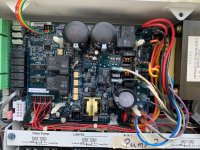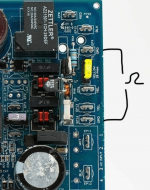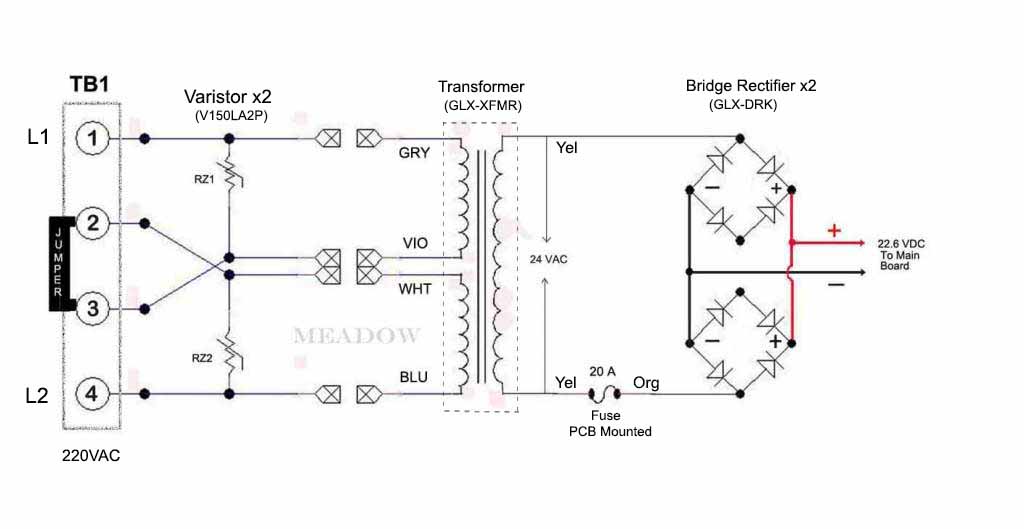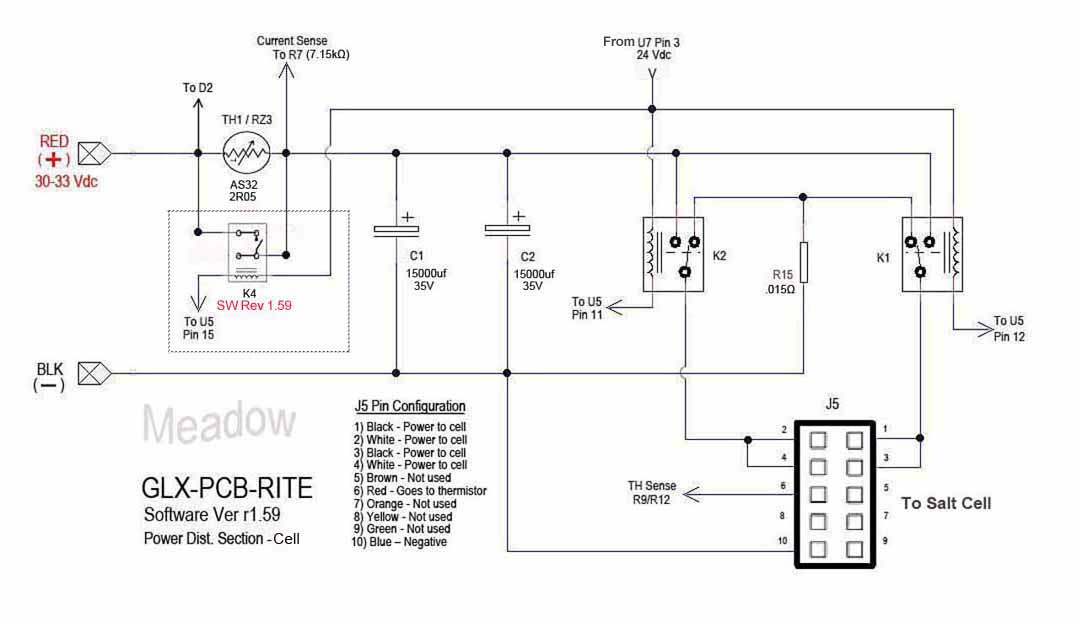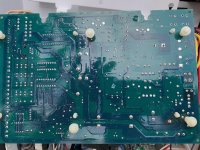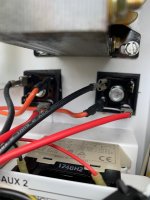Hello,
I could use some advice. I searched the forum but could not find an answer that suited this isssue.
I have a Goldline ProLogic PS-4 that is showing a no power to chlorinator message. The equipment and cell are about 10 years old. The firmware is V4.10.
I went through some of the troubleshooting steps I found online and found a bad 20A fuse on the board. I replaced the fuse and left the cell disconnected. After powering back up as soon as the relays switched on it blows the same fuse. For complete disclosure I did fix a cold solder joint on a relay about 5 years ago for a similar error message. It was not blowing any fuses at that time and it has run trouble free since that repair.
I plan to replace the cell anyway but think there is clearly another problem that I need to resolve first. I confirmed 24V AC on the yellow wires. The resistance on the white/black and violet/grey wires is within the specs I found.
Do I need to replace the board or is there something else I should check like the rectifiers. I am comfortable doing some electronic repairs if possible.
Any help much appreciated. I can supply PICS or any additionl info if needed. Thanks in advance!
mb
I could use some advice. I searched the forum but could not find an answer that suited this isssue.
I have a Goldline ProLogic PS-4 that is showing a no power to chlorinator message. The equipment and cell are about 10 years old. The firmware is V4.10.
I went through some of the troubleshooting steps I found online and found a bad 20A fuse on the board. I replaced the fuse and left the cell disconnected. After powering back up as soon as the relays switched on it blows the same fuse. For complete disclosure I did fix a cold solder joint on a relay about 5 years ago for a similar error message. It was not blowing any fuses at that time and it has run trouble free since that repair.
I plan to replace the cell anyway but think there is clearly another problem that I need to resolve first. I confirmed 24V AC on the yellow wires. The resistance on the white/black and violet/grey wires is within the specs I found.
Do I need to replace the board or is there something else I should check like the rectifiers. I am comfortable doing some electronic repairs if possible.
Any help much appreciated. I can supply PICS or any additionl info if needed. Thanks in advance!
mb
Last edited:


